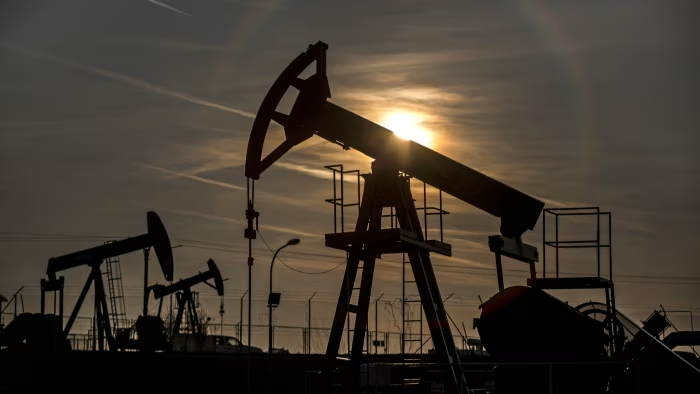Stay informed with free updates
Simply sign up to the Oil myFT Digest — delivered directly to your inbox.
Opec+ has agreed to raise oil production from November by 137,000 barrels a day (b/d), opting for a relatively modest increase after reports of a much larger move unsettled markets.
Ahead of the meeting there were reports of a potential 500,000 b/d increase by the producer group, which Opec+ described as “inaccurate and misleading”. The price of benchmark Brent crude nevertheless fell more than 8 per cent, its biggest weekly decline in three months, to close below $65 a barrel.
“Today’s decision wasn’t about barrels, it was about signalling. Opec+ stepped carefully after witnessing how nervous the market has become,” said Jorge León, head of geopolitical analysis at Rystad Energy and a former Opec staffer.
The more modest increase is nevertheless likely to please US President Donald Trump. He has repeatedly urged Opec+ to increase supply in an effort to cool prices, ease inflation and squeeze Russia’s energy revenues, as part of the west’s efforts to bring Moscow to the negotiating table over Ukraine. Saudi crown prince Mohammed bin Salman is expected to visit Washington in November.
In March, Opec+ abandoned its previous strategy of withholding millions of barrels a day from the market to support prices. November’s production increase is the same size as the one announced by the group for October.
Despite forecasts that global demand could not absorb much additional oil, the market has remained resilient, bolstered in part by China’s strategic stockpiling.
While Opec+ members have raised their collective production ceiling by 2.67mn b/d since April, Brent crude has recovered from the low of $58 a barrel it hit that month and traded for much of the summer between $67 and $70. There have also been few signs that oil is being diverted into storage in the US or Europe, which is the usual indicator of oversupply.
